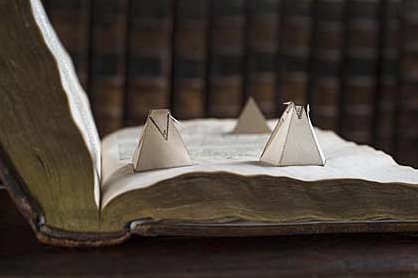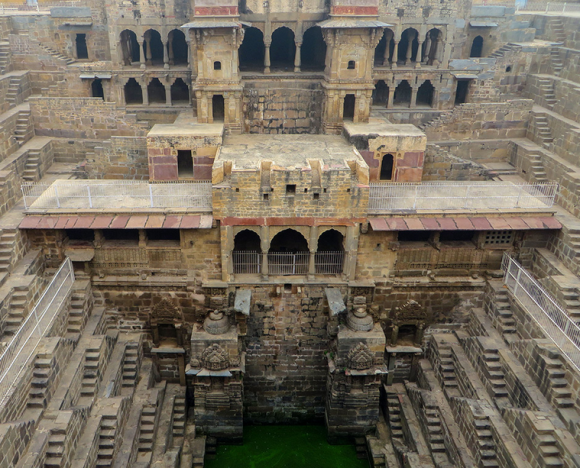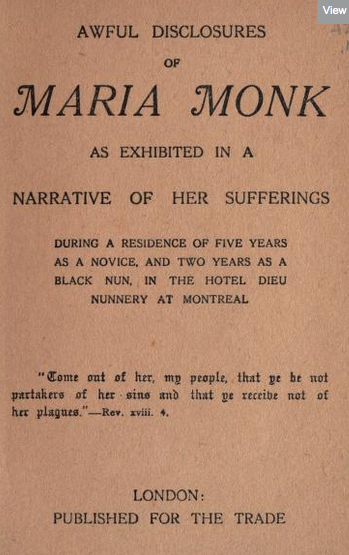Lost library of mysterious polymath John Dee to be revealed
Book lovers, try not to drool.
A magical glimpse into the Tudor imagination: Lost library of John Dee to be revealed
By Richard Moss (Culture 24)
“No figure from the Tudor world better exemplifies the diverse and apparently contradictory intellectual and social preoccupations of the period than John Dee.
At once deeply religious and fastidiously superstitious, Dee was a scholar of mathematics and magic, a keen historian and courtier and tutor to Elizabeth I and a polymath whose interests included astronomy, astrology, exploration, the occult, alchemy, spying and imperialism.
Little wonder this extraordinary man has continually fascinated and served as inspiration to artists from Shakespeare and Ben Johnson to Derek Jarman and Damon Albarn.
Now, the intriguing and mysterious Dee, who survived the machinations of the late Tudor period only to die in poverty in 1608/9, is to be revealed to the public through his remarkable personal library for the first time in history.
A never seen before selection from 100 surviving books once owned by the man known universally as Dr Dee will go on display in Scholar, courtier, magician: The lost library of John Dee at the Royal College of Physicians (RCP) in January 2016…”
For the rest, click here.
Share


